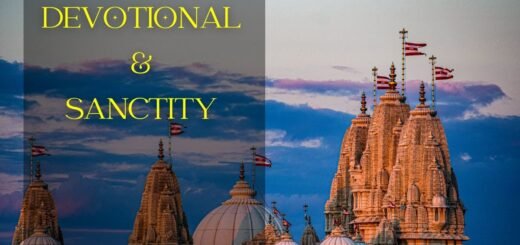2024 Surya Grahan Date Timings
Know the details about the 2024 Surya Grahan Date Timings Places Where Happen in India, Cultural and Mythological Significance, Do’s and Dont’s in that Time, and More.
The 2024 Surya Grahan: A Celestial Phenomenon
In the year 2024, the world will witness an astronomical marvel that has been the subject of much anticipation and preparation. The Surya Grahan, also known as the Solar Eclipse, is set to occur on April 8, 2024. This celestial event holds significant importance in many cultures around the world, particularly in India, where it is enveloped in layers of mythological and cultural significance.
This article aims to provide a comprehensive guide to the 2024 Surya Grahan Date Timings, detailing its timing in India, the cultural and mythological importance, do’s and don’ts during the eclipse, a step-by-step viewing guide, and answers to frequently asked questions.
2024 Surya Grahan Date Timings in India
The timing of the Surya Grahan varies across different parts of the world. For observers in India, the eclipse is expected to begin shortly before noon and will reach its peak in the early afternoon. Given the global nature of this phenomenon, the exact timing will vary depending on one’s geographical location within the country. It’s important for viewers to check local astronomical resources for the most accurate timing information pertinent to their specific area.
Click here for the 2024 Surya Grahan Date Timings
2024 Ugadi Date in Odisha Bhadrakh Puja Timings
Cultural and Mythological Significance
In Indian culture, solar eclipses hold profound mythological significance and are deeply interwoven with the fabric of various Hindu myths. One of the most well-known stories associated with the eclipse is the tale of the demon Rahu, who, according to legend, attempted to consume the Sun, thus causing a solar eclipse. This story symbolizes the eternal struggle between light and darkness, good and evil.
Moreover, eclipses are considered significant astrological events that can influence human affairs. Many believe that the cosmic energy released during an eclipse can affect individual destinies and the natural order of the world.
Do’s and Don’ts During the Surya Grahan
Do’s:
- Perform Meditation and Prayer: It is believed that meditating during the eclipse can help harness the cosmic energies released, leading to spiritual growth and purification.
- Observe Fasting: Many people fast during the eclipse as a means of cleansing the body and soul.
- Watch Using Proper Protection: If you plan to observe the eclipse, ensure you use proper eye protection or indirect viewing methods to prevent eye damage.
Don’ts:
- Avoid Eating During the Eclipse: Traditional beliefs suggest refraining from eating food cooked before the eclipse, as it is considered impure.
- Pregnant Women Should Take Extra Precautions: It is advised that pregnant women stay indoors and avoid looking at the eclipse to protect against negative energies.
- Refrain from Starting Important Activities: It’s considered inauspicious to start new ventures or make significant decisions during the eclipse.
Step-by-Step Guide to Viewing the Surya Grahan
- Preparation: Obtain certified solar viewing glasses or create a pinhole projector to view the eclipse safely.
- Timing: Check the local timing of the eclipse in your area and plan to start observing a few minutes before it begins.
- Observation: Use your protective eyewear or indirect viewing method to watch the eclipse. Never look directly at the sun without proper protection.
- Enjoy the Phenomenon: Take a moment to appreciate the beauty and rarity of the celestial event you are witnessing.
Frequently Asked Questions (FAQ)
Q1: Can the Surya Grahan be viewed without any protective gear?
A: No, looking directly at the sun without proper protection can cause serious eye damage. Always use certified solar viewing glasses or indirect methods.
Q2: Is it safe to eat food during the eclipse?
A: While modern science does not support the idea that eclipse causes food to become impure, many cultural practices advise against eating during the eclipse.
Q3: How often do solar eclipses occur?
A: Solar eclipses happen 2 to 5 times a year, but total solar eclipses in any given location are rare, occurring approximately once every 360 years.
Q4: What is the difference between a total and partial solar eclipse?
A: A total solar eclipse occurs when the moon completely covers the sun, casting a shadow on Earth. A partial solar eclipse happens when only a part of the sun is obscured by the moon.
The 2024 Surya Grahan presents a unique opportunity for both scientific observation and cultural reflection. As we approach this awe-inspiring celestial event, it’s crucial to prepare responsibly to ensure a safe and enriching experience. Whether you’re interested in the astronomical aspects, the cultural significance, or simply the beauty of the eclipse, April 8, 2024, promises to be a day to remember.


